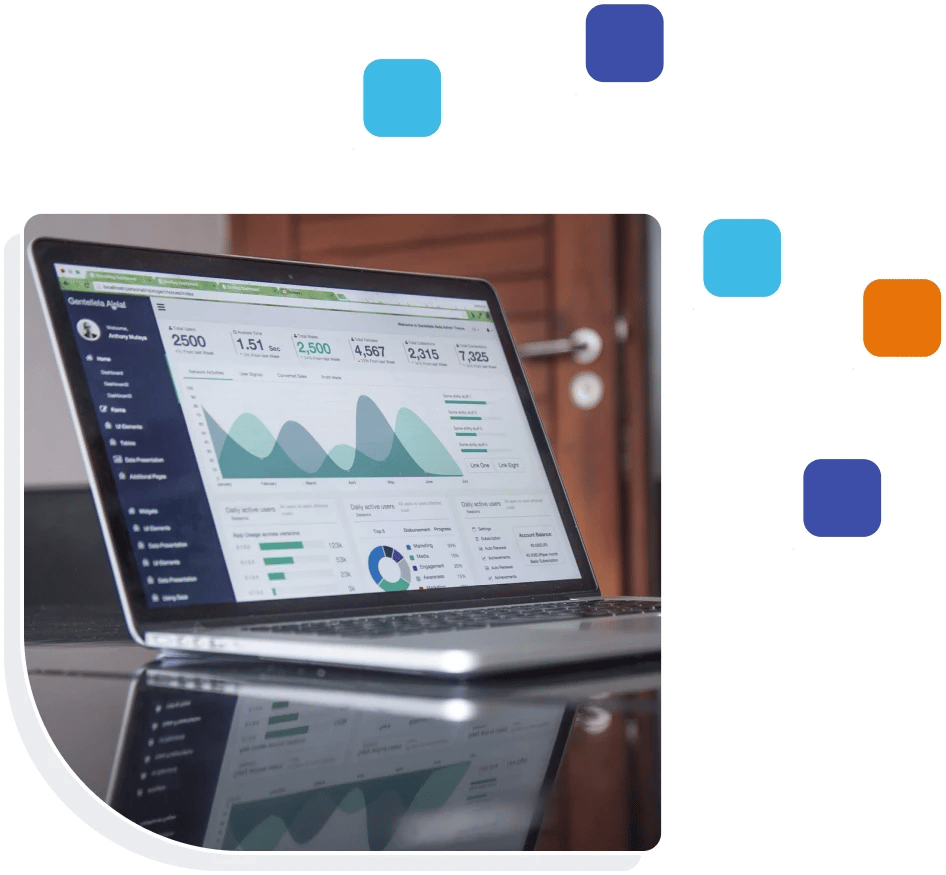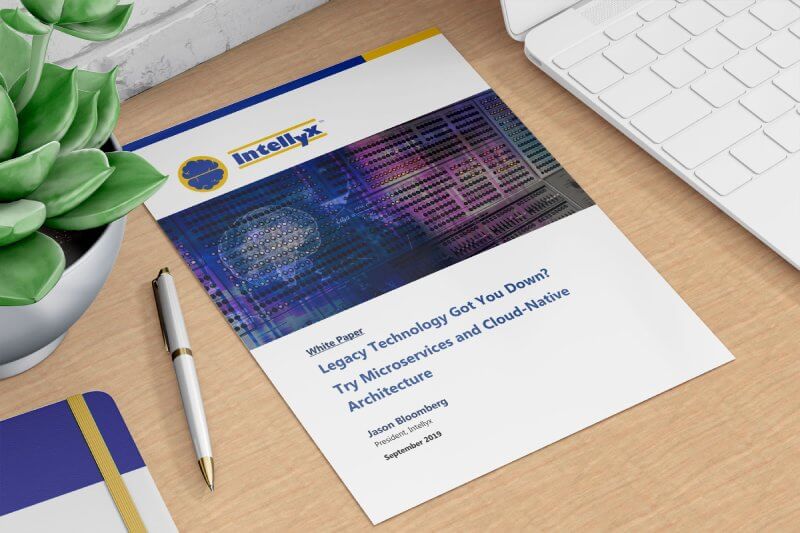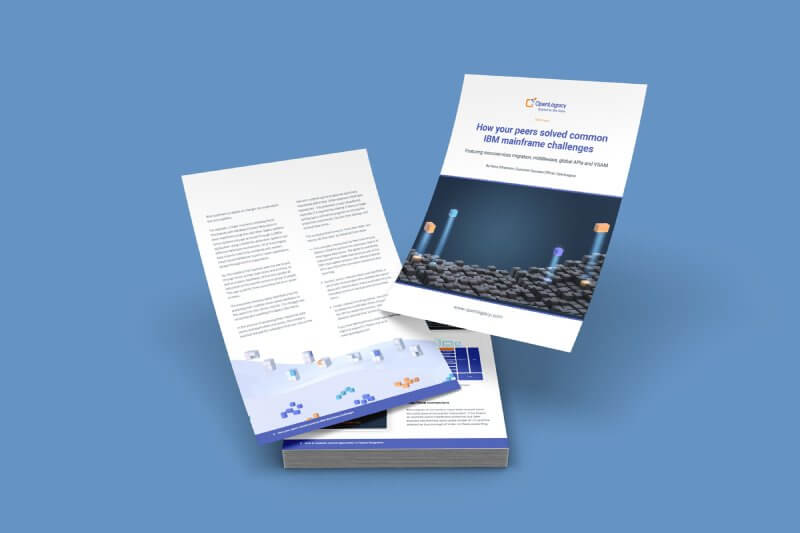
Microservices

Eliminate Painful Legacy Integration and Modernization Challenges
Most organizations have significant financial and operational investments in their legacy applications. These applications are often critical to their success, so it’s often viewed as not feasible to completely start over or embark on a risky and time-consuming migration project.
Reduce complexity
Reduce time and cost
Reduce risk
Co-existence and continuous development keeping mission critical systems stable
From Application Monolith to Microservices
If your organization can’t innovate fast enough to satisfy business and competitive demands, consider an incremental microservices approach to your legacy application monoliths
Begin Your Journey Today with a Microservices based approach for legacy monolith applications
Our microservices approach involves breaking down large, monolithic systems into smaller, more manageable components, or microservices. These microservices are designed to be independently deployable, highly scalable, and can be developed using modern programming languages and technologies.
Once you have established a strong strategy, a microservices approach will significantly minimize the risks involved in your journey towards modernization and cloud adoption.
Modularity and agility
Transform monoliths into microservices for enhanced flexibility. Each microservice can be developed, tested, and deployed independently, simplifying maintenance and updates.
Scalability and optimization
Embrace microservices architecture to scale individual application components as needed, optimizing resource utilization and ensuring peak performance during high-demand periods
Innovation and efficiency
Leverage modern development practices to foster innovation and accelerate the deployment of new features and products, ultimately achieving faster time-to-market while reducing development bottlenecks
Recommended Resources
Legacy Technology Got You Down? Try Microservices and Cloud-Native Architecture
With the rise of hybrid IT and cloud-native computing there are many more modernization options available. Expert, Jason Bloomberg shares his insights.
How to Evaluate Current Approaches to Legacy Integration
OpenLegacy provides a solution which solves challenges of traditional integration, providing a way to rapidly generate digital services delivering core functionality for use in the cloud, on-prem or both.
How Your Peers Solved Common IBM Mainframe Challenges
This white paper covers insightful, real-life user stories about how your IBM Mainframe peers have approached common issues that you may be facing now.
We’d love to give you a demo.
Please leave us your details and we'll be in touch shortly



